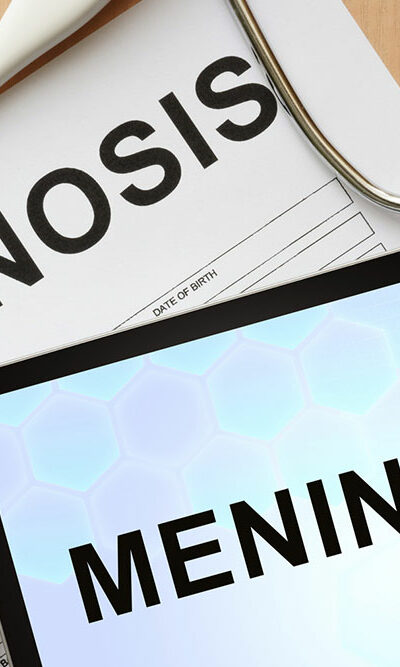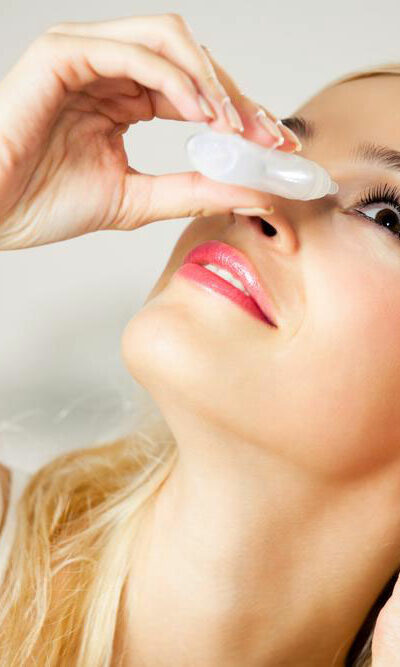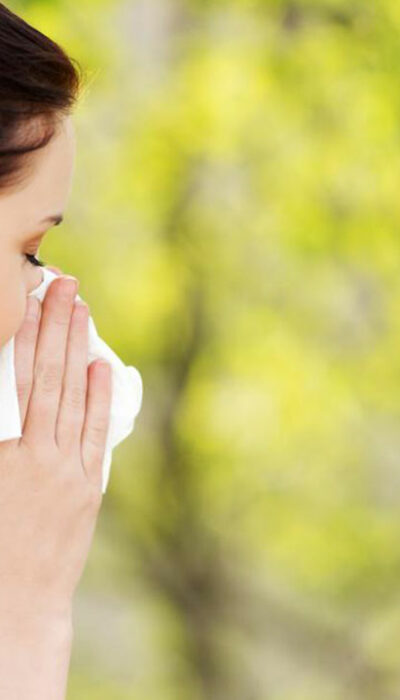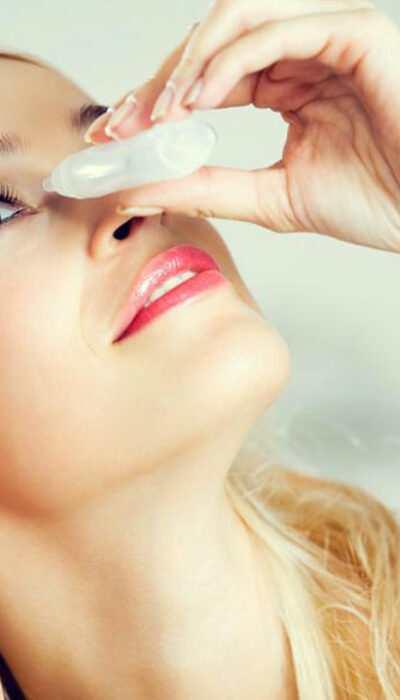
Safe deodorants and antiperspirants for sensitive skin
Deodorants and antiperspirants for sensitive skin work differently owing to their chemical composition. While deodorants help actively reduce underarm odor, antiperspirants block sweating. Some skincare products provide both benefits in the same product. However, the main concern is the type of chemicals used while making the formula. Most products available in the market contain some biochemical composition that can trigger irritation and allergies for people with sensitive skin. Harmful chemicals in deodorants and antiperspirants Skincare products manufactured for underarms contain the following chemicals. These compounds can become toxic with regular use. Aluminum Aluminum salts help prevent excessive sweating. But studies indicate harmful effects of continued use linked to an increase in certain types of cancers, kidney diseases, bone problems, and even cognitive issues. Parabens Parabens, a type of artificial preservative, are used in most branded deodorants and antiperspirants. And these compounds get absorbed by the skin easily. Studies show that parabens interfere with hormones in the body and increase the risk of breast cancer with regular use. Triclosan Triclosan contains antimicrobial properties that fight body odor. Research suggests that exposure to the ingredient increases the risk of endocrine disorders. Best recommended natural deodorants and antiperspirants Dermatologists suggest the use of skincare products that are free of parabens and active compounds to minimize the risk of allergic reactions. Native Sensitive Deodorant Native Sensitive Deodorant is made with naturally obtained ingredients, boasts a vegan blend, and is completely aluminum or baking soda free. Regular use prevents sweating and odor problems with a long-lasting effect. The product is available in eight unique combinations of classic and limited-edition scents priced at just about $13. Nécessaire The Deodorant The dermatology evaluated product, Nécessaire The Deodorant, contains no aluminum, parabens, or even synthetic fragrances. The hypoallergenic deodorant keeps the skin dry by absorbing moisture and provides long-lasting comfort.










